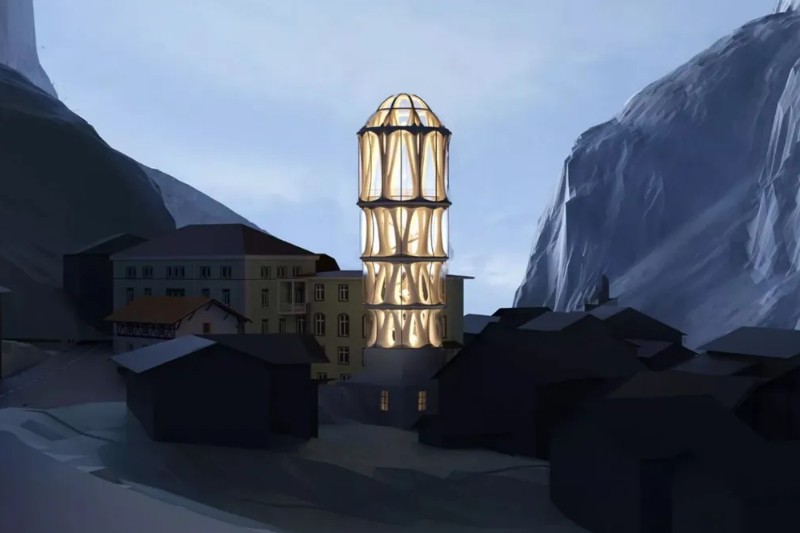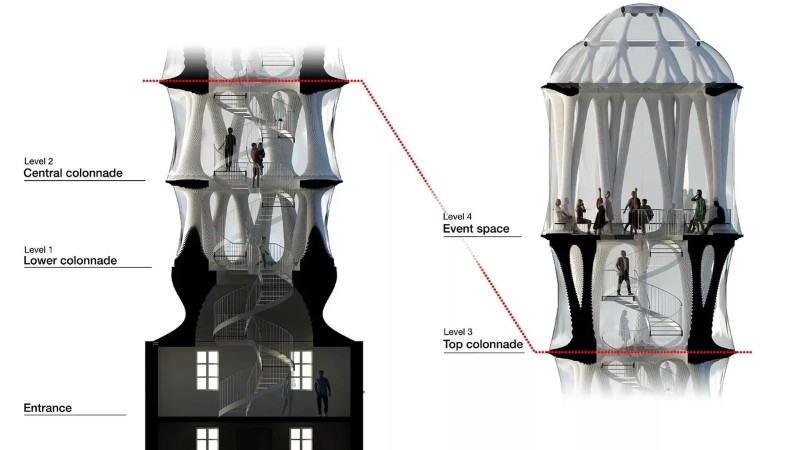

3D-printed tower, Tor Alva, promises sustainability and adaptive reuse.

The Swiss Alps are soon to become the site for the world’s tallest 3D-printed tower, known as Tor Alva or the ‘White Tower’. This initiative, launched by Fundaziun Origen (a Swiss charity) and led by Benjamin Dillenburger, who is a Professor for Digital Building Technologies at the Institute of Technology in Architecture (ITA) at the Department of Architecture, ETH Zurich, has started its fabrication phase at ETH Zurich. (main pic: Tallest-ever 3D printed tower to overlook the Swiss Alps.)
Standing at 30 metres, the tower is being constructed in Mulegns, Switzerland.
Tor Alva is designed to serve multiple purposes, including hosting art installations, music, and theatre performances within its structure, which features 32 branching columns. At its highest point, a vaulted concert area will accommodate up to 45 people, providing views over the Julier Valley.

The construction process for the tower employs a robotic concrete extrusion technique that reduces the amount of material used, addressing sustainability concerns in the building industry. This method also allows for more complex designs, including detailed surfaces and hollow features, which are difficult to achieve with traditional construction techniques.
A key aspect of the White Tower project is its built-in flexibility for future disassembly and relocation, planned after a five-year period in Mulegns. This approach aligns with efforts to promote circularity and adaptive reuse in construction.
The tower comprises six levels, each offering a different atmosphere and experience, from darker, enclosed spaces on the lower floors to brighter, more open areas above. Despite the variety in design across the floors, a consistent use of materials unites the structure’s appearance.


Architects utilised computational design software to develop the intricate design of the White Tower, which was then constructed using a large robotic arm. These arm layers specially formulated concrete according to the digital model, with the addition of steel reinforcements to ensure the structure’s strength.
Watch Tor Alva bring 3D-printed
Tor Alva’s innovative approach to construction was also recognised at the United Nations Climate Change Conference, where it received an award from Green Cross UK in the circular economy category of the Climate Positive Awards.
See: ETH Zurich